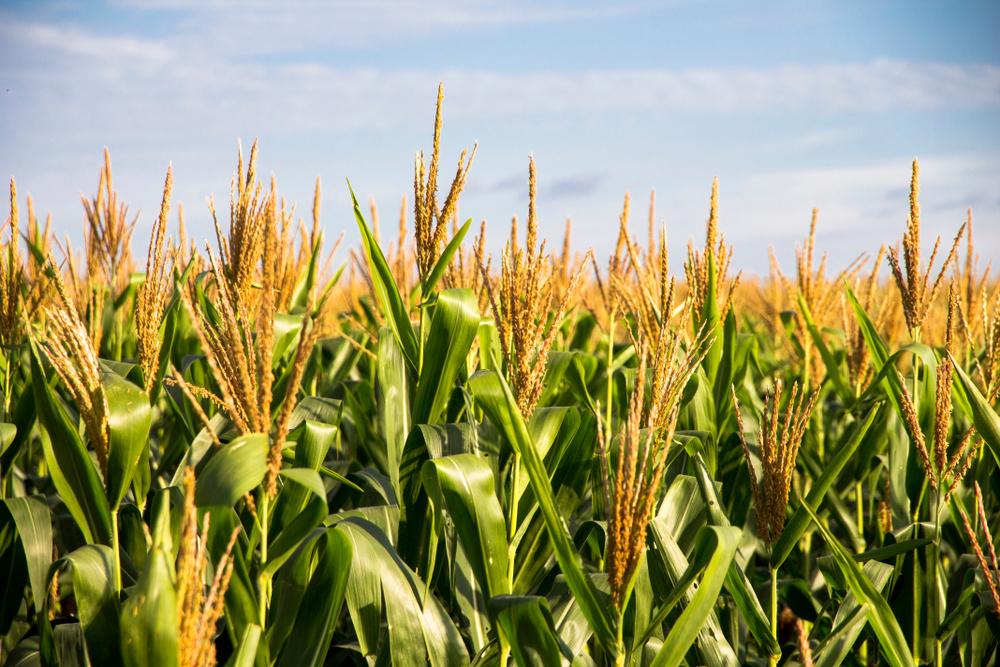It’s just a specialized kind of grass.
That horticultural description applies to almost all grains, but corn is the only one that home gardeners revere, the only one grown for fresh use—in fact, the only grain commonly found in home gardens period.

It’s just a specialized kind of grass.
That horticultural description applies to almost all grains, but corn is the only one that home gardeners revere, the only one grown for fresh use—in fact, the only grain commonly found in home gardens period.